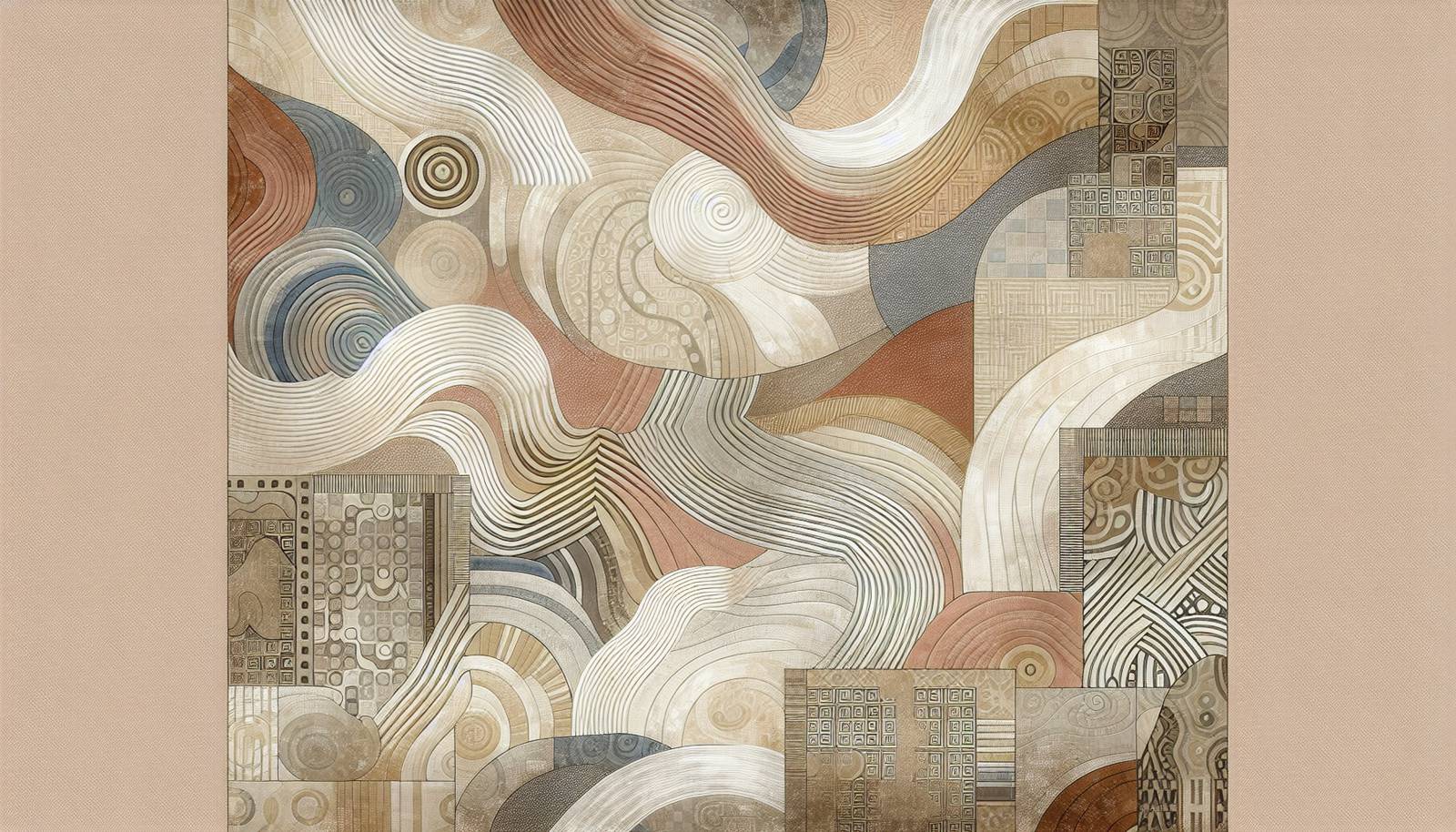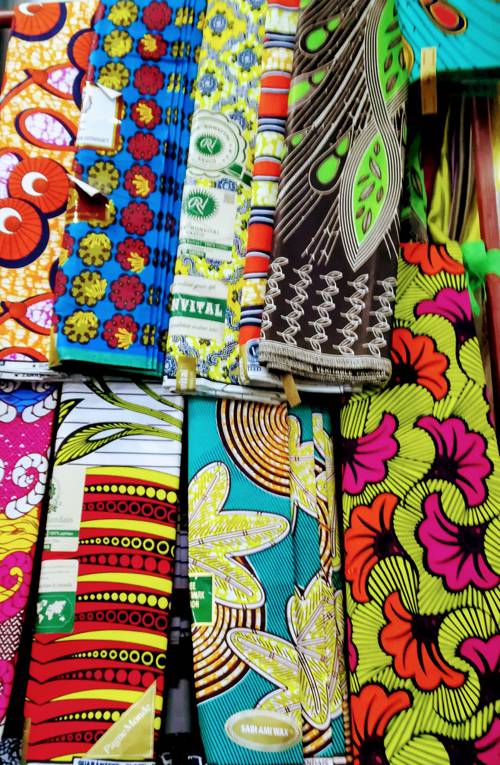
FAQ About The Influence of Traditional African Fabrics on Global Fashion

What are traditional African fabrics?
Traditional African fabrics are textiles that originate from various regions across Africa, each with unique designs and cultural significance. Some of the most well-known traditional African fabrics include kente, originating from Ghana, and ankara, which is widely used in West African countries. These fabrics often feature vibrant colors, intricate patterns, and a range of textures.

How have African fabrics influenced global fashion?
African fabrics have significantly influenced global fashion by introducing bold patterns and vibrant colors into mainstream fashion collections. Designers worldwide have incorporated African textiles in their lines, showcasing cultural diversity and creativity. African patterns are often used in high fashion, ready-to-wear collections, and accessories, making them a staple in international style.

What is the significance of kente fabric?
Kente is a traditional Ghanaian fabric known for its elaborate, multicolored designs. Traditionally used by royalty and during significant ceremonies, each kente pattern carries symbolic meanings related to history, philosophy, ethics, and African proverbs. Kente has become a symbol of African heritage and pride worldwide.

What is ankara fabric and where is it popular?
Ankara is a vibrant print fabric also known as African wax print. It is particularly popular in West African countries such as Nigeria and Ghana. Ankara designs are characterized by bright colors and bold patterns, reflecting traditional symbols and stories. In recent years, ankara has gained international popularity and is used in a variety of fashion items, from clothing to accessories.

How does ankara differ from other fabrics?
Ankara fabric differs from other textiles primarily through its wax-resistant dying technique, which results in a unique and vivid design on both sides of the fabric. This method gives ankara its characteristic bold and colorful patterns, making it immediately recognizable and distinct from other printing techniques.

Can traditional African fabrics be used for modern fashion designs?
Yes, traditional African fabrics are frequently used in modern fashion designs. Contemporary fashion designers often blend these textiles with current fashion trends to create innovative and unique clothing items. This fusion honors African heritage while appealing to global audiences, offering a mix of tradition and modernity in fashion.

Which global fashion designers have used African fabrics in their collections?
Several renowned fashion designers have embraced African fabrics in their collections, including Stella Jean, Duro Olowu, and Vivienne Westwood, among others. These designers use African textiles to enhance their collections with vibrant colors and rich cultural motifs, contributing to the global appreciation of these materials.

What are the cultural meanings behind the patterns in African textiles?
African textiles often incorporate patterns with deep cultural and symbolic meanings. These can represent tribal stories, historical events, social status, and moral lessons. For instance, the motifs in kente cloth are often connected to proverbs and traditional wisdom, making the fabric a storytelling medium that conveys important cultural narratives.

Why is there a growing interest in African fabrics worldwide?
The growing interest in African fabrics worldwide can be attributed to a combination of factors, including the increasing appreciation for cultural diversity, the unique aesthetics of these textiles, and the global trend towards more vibrant and sustainable fashion. African fabrics' distinctiveness and cultural richness provide fashion designers and consumers with fresh, exciting alternatives to conventional western styles.

Are there any challenges with incorporating African fabrics into global fashion?
While African fabrics offer many aesthetic and cultural benefits, there can be challenges integrating them into global fashion. Issues such as cultural appropriation, where elements of a minority culture are used by those in a dominant culture without understanding or respect, need consideration. Additionally, ensuring that African artisans and producers benefit economically from the global popularity of these textiles is crucial.

What are bogolanfini and its significance in African textiles?
Bogolanfini, or mud cloth, is a traditional Malian fabric known for its unique production process involving fermented mud dyes. Each piece is handcrafted and features symbolic patterns and stories depicted through the designs. Bogolanfini is significant not only for its artistic value but also for conveying cultural narratives and identity.

How has technology affected the use of African fabrics in fashion?
Technology has played a significant role in the global distribution and popularity of African fabrics. Advanced digital printing techniques have enabled the mass production of designs inspired by traditional African patterns, making them more accessible worldwide. Social media platforms have also contributed to raising awareness and appreciation for these unique textiles, connecting designers and consumers globally.

Are African fabrics considered eco-friendly?
Many traditional African fabrics are considered to be eco-friendly due to their natural production processes. Techniques such as hand-weaving and dyeing with natural substances like plant-based dyes minimize environmental impact compared to industrial textile production. However, as demand increases, it is essential for producers to maintain sustainable practices to protect the environment.

What's the difference between kente and adire textiles?
Kente and adire are two distinct types of African textiles with different origins and production techniques. Kente is a woven cloth from Ghana, known for its vibrant colors and geometric patterns, often associated with luxury and high status. In contrast, adire is a Nigerian indigo-dyed cloth using resist-dye techniques, famous for its intricate and symmetrical designs.

What role do traditional African fabrics play in fashion shows?
Traditional African fabrics often play prominent roles in fashion shows, both on the continent and internationally. They are used to add vibrant colors, textures, and cultural depth to collections. Fashion shows embracing African fabrics promote cultural heritage and foster cross-cultural appreciation by showcasing the intricacies and stories woven into each textile.

How can consumers ensure they are buying authentic African textiles?
To ensure authenticity when purchasing African textiles, consumers should seek out reputable sellers known for sourcing directly from African artisans and producers. It's also helpful to research the patterns and history associated with each type of fabric to understand its origins better. Certification and fair trade labels can also indicate authenticity and ethical production practices.

What is the role of African fabrics in the African diaspora's identity?
African fabrics play a crucial role in expressing the cultural identity and heritage of the African diaspora worldwide. These textiles serve as links to African roots, allowing the diaspora to maintain cultural connections and celebrate their ancestry through fashion. African fabrics are used in cultural ceremonies, personal fashion statements, and everyday wear within diaspora communities.

Why is the ankara fabric sometimes called 'Dutch wax'?
Ankara fabric is sometimes referred to as 'Dutch wax' due to its historical origins. It was originally manufactured by the Dutch for the Indonesian textile market in the 19th century. However, it quickly gained popularity in West Africa, where it became deeply integrated into local fashion and culture. This historical linkage is why the term 'Dutch wax' is occasionally used.

Why do some people criticize the global use of African fabrics?
Criticism of the global use of African fabrics often revolves around concerns of cultural appropriation—the idea that their use lacks meaningful engagement with the cultures they originate from, thereby potentially disrespecting the cultural significance. Additionally, critics highlight that international brands might profit from African designs without adequately supporting the African artisans who create them, raising ethical and economic fairness issues.

Can African fabrics be mixed with other styles for unique fashion statements?
Absolutely, African fabrics can be creatively combined with other fashion styles to produce unique and personalized fashion statements. Designers frequently merge African textiles with Western cuts and styles, creating innovative looks that reflect a blend of cultural heritages. This versatility enhances the global appeal of African fabrics, enabling endless possibilities in fashion design.
